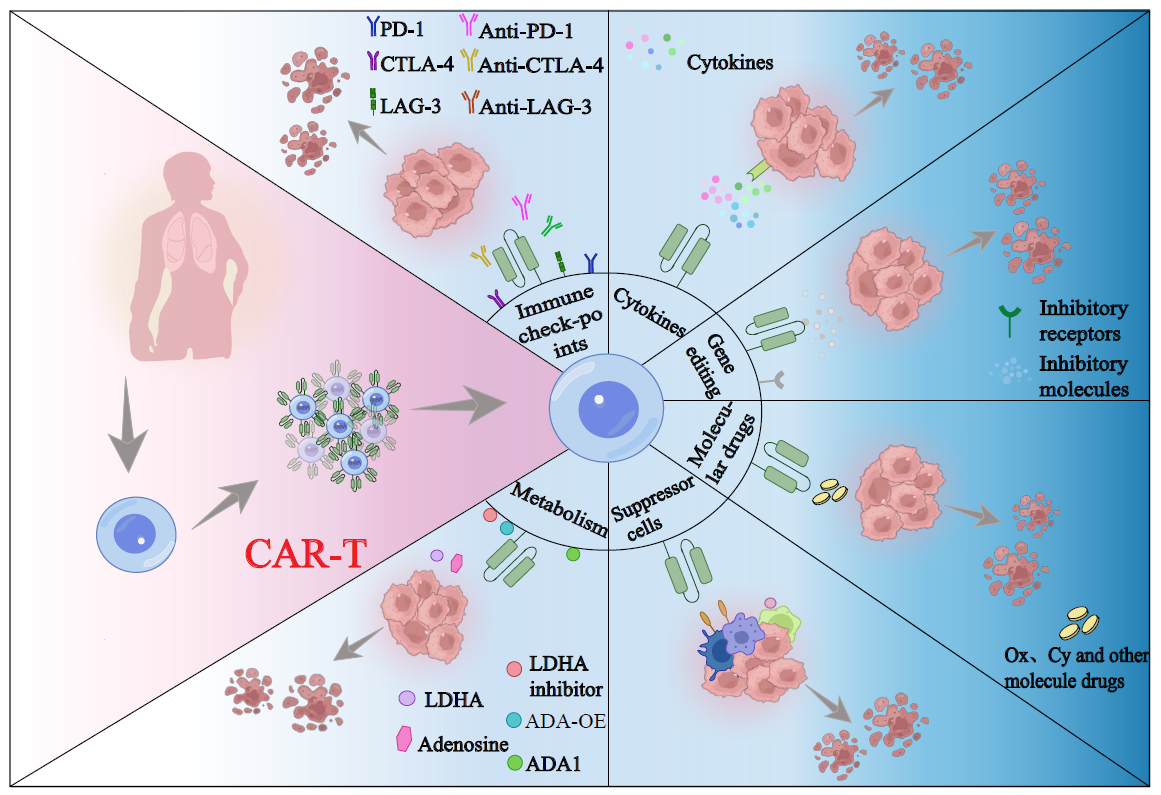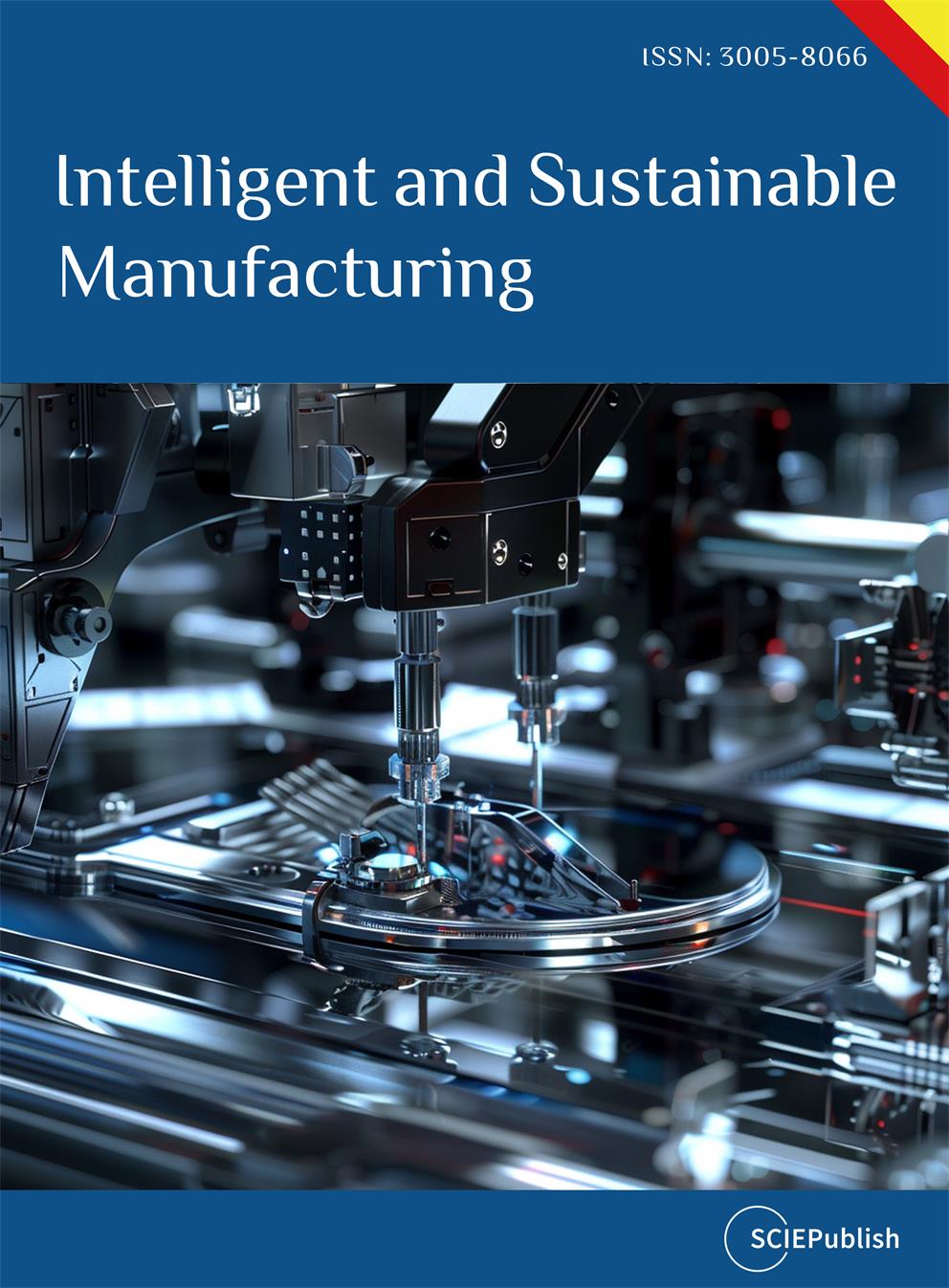Found 197 results
Review
17 April 2025Advances in Cardiac Resynchronisation Therapy
Cardiac resynchronisation therapy (CRT) has emerged as a transformative treatment in heart failure management, particularly for patients with significant left ventricular systolic dysfunction in the context of electrical dyssynchrony. Over time, CRT has evolved to address broader patient populations and more complex clinical scenarios. Despite its well-documented benefits in improving survival, reducing hospitalisation and enhancing quality of life, approximately 30% of patients fail to respond, making ongoing research critical for optimising outcomes. This review provides a comprehensive update on the evolving landscape of CRT therapy. Focus is placed on expanding indications, novel assessment techniques for dyssynchrony, application in special populations and innovations in device programming.
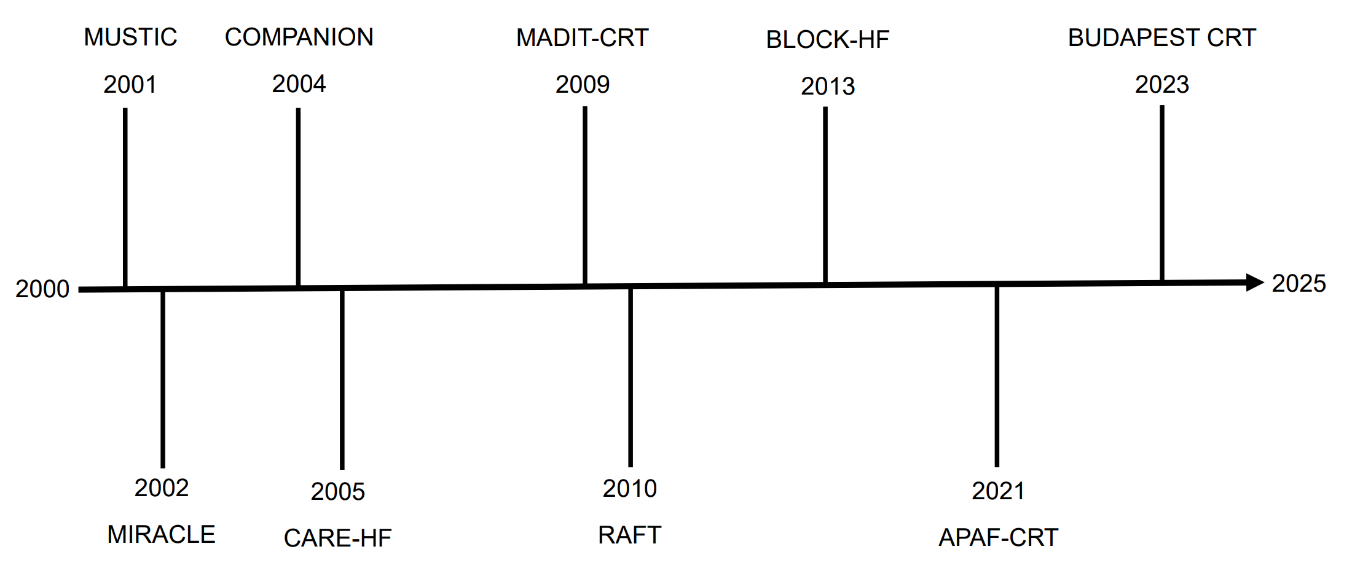
Article
15 April 2025Enhancing Streamflow Forecasting in Major West African Rivers by Utilizing Meta-Heuristic Algorithms and Climate Data Time Lag Analysis
Accurate streamflow prediction is essential for irrigation planning, water allocation, and flood risk management, particularly in water-scarce regions like the Niger River Basin. However, the complexity of hydrological processes and data limitations make reliable predictions challenging. This study optimizes Support Vector Machine (SVM) hyperparameters for daily streamflow prediction using time-lagged climate data and four metaheuristic algorithms—Binary Slime Mould Algorithm (BSMA), African Vulture Optimisation Algorithm (AVOA), Archery Algorithm (AA), and Intelligent Ice Fishing Algorithm (IIFA). Model performance was assessed using eight evaluation metrics, with results showing that AA and IIFA consistently outperform the others, achieving Nash-Sutcliffe Efficiency (NSE) values between 0.986–0.999 and 0.893–0.999, respectively. AVOA and BSMA show less consistent performance, with NSE ranges of 0.524–0.999 and 0.863–0.965, respectively. The study highlights the novel integration of multiple metaheuristic algorithms for optimizing machine learning models, offering insights into their effectiveness for hydrological prediction. By demonstrating the superior performance of AA and IIFA, this research provides a robust framework for enhancing long-term streamflow forecasting. These findings support improved water resource management in West Africa, helping policymakers address climate variability, water scarcity, and hydrological uncertainty.
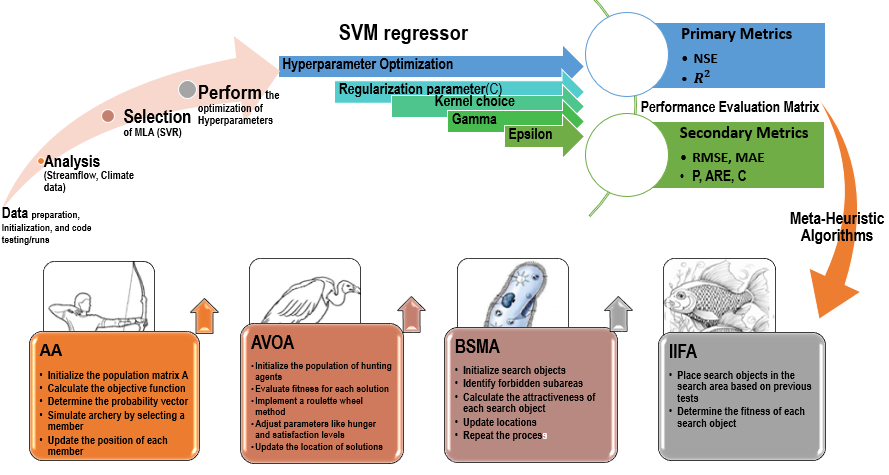
Review
14 April 2025Advancements in Flexible Ceramic Fibers for High-Temperature Applications: A Comprehensive Review
Flexible ceramic fibers (FCFs) have emerged as a highly promising material for high-temperature applications, effectively combining the excellent thermal stability of ceramic materials with the robust mechanical properties of flexible fibers. This review provides a comprehensive overview of recent advances in multifunctional FCF devices, focusing on innovative methods across material selection, structural design, and fabrication techniques to enhance their functional properties. These improvements, i.e., mechanical strength, thermal conductivity, and oxidation resistance, make FCFs particularly suitable for a wide range of applications, including energy storage, sensing, and high-temperature filtration. Notably, advancements in fabrication techniques have enabled the creation of novel FCF devices for thermal insulation and high-temperature sensing, such as stretchable ceramic membranes and printable ceramic fiber papers. The review concludes by discussing the future potential of FCFs, especially in multifunctional applications in high-temperature environments, where they can serve as essential components of advanced technologies. This work highlights the versatility and potential of FCFs as a transformative material for next-generation high-temperature applications.
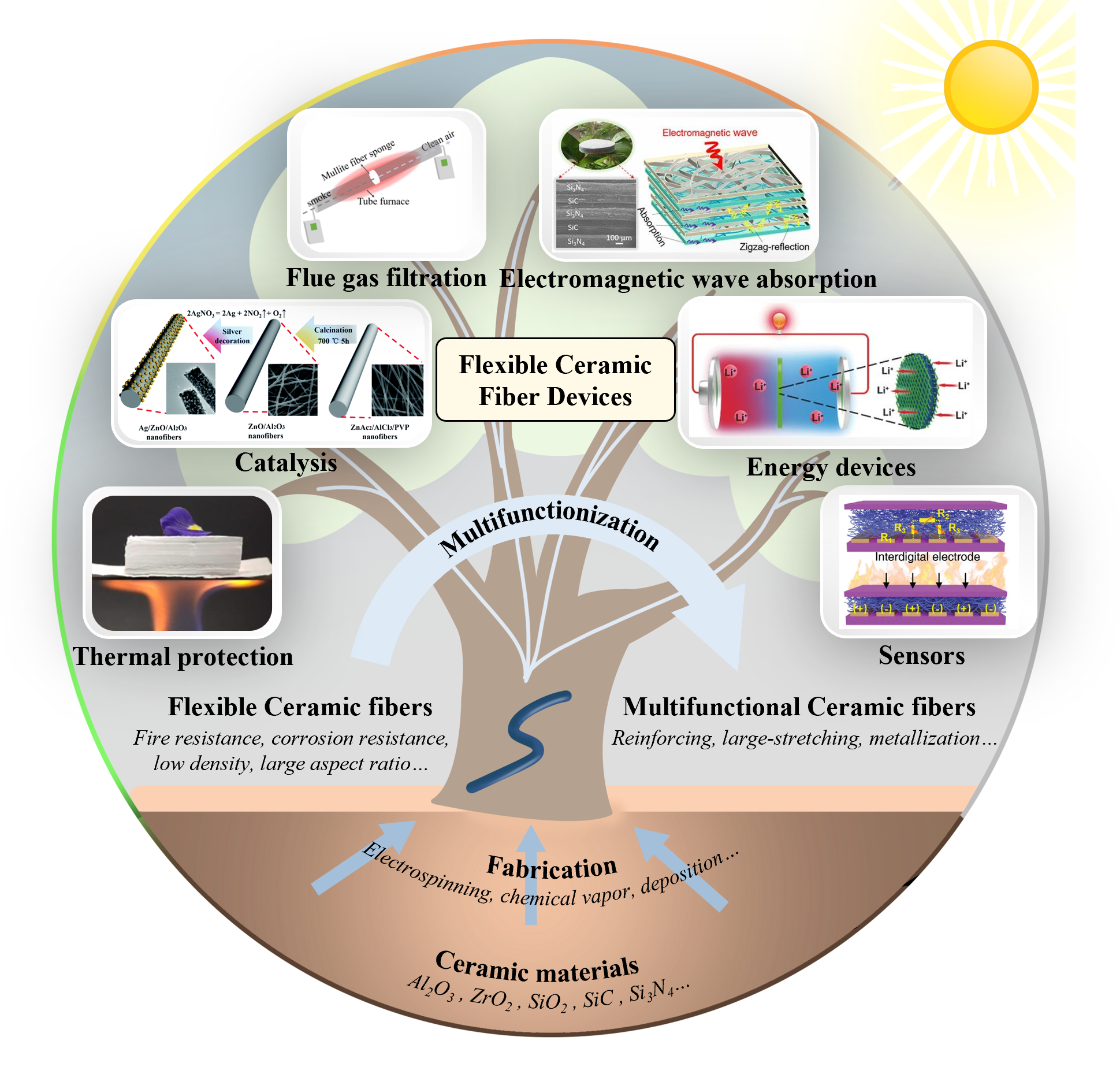
Article
03 April 2025Design, Building and Performance of a New Photocatalytic Reactor Using TiO2-Coated Rings Synthesized by Plasma Electrolytic Oxidation
An annular UV photocatalytic reactor with recirculation in batch was designed and built. The design considered low construction, simple operation and maintenance costs, availability and durability of the materials used, easy cleaning, and high standards of hygiene and safety. The TiO2 photocatalysts were synthesized by plasma electrolytic oxidation (PEO) on commercial Ti rings were compared with coatings obtained on Ti plates as a reference, and no influence of the substrate geometry on the morphology, crystallinity, or bandgap of the coatings was observed. The efficiency of the photocatalytic reactor using 10 TiO2-coated rings was tested by Cr(VI) transformation in the presence of EDTA. The Cr(VI) transformation after 5 h irradiation attained 95%; a rather high photocatalytic activity (62%) was maintained after the third use of the rings without reactivation of the photocatalyst. These coatings synthesized by PEO have not been applied in modular photocatalytic reactors until now.
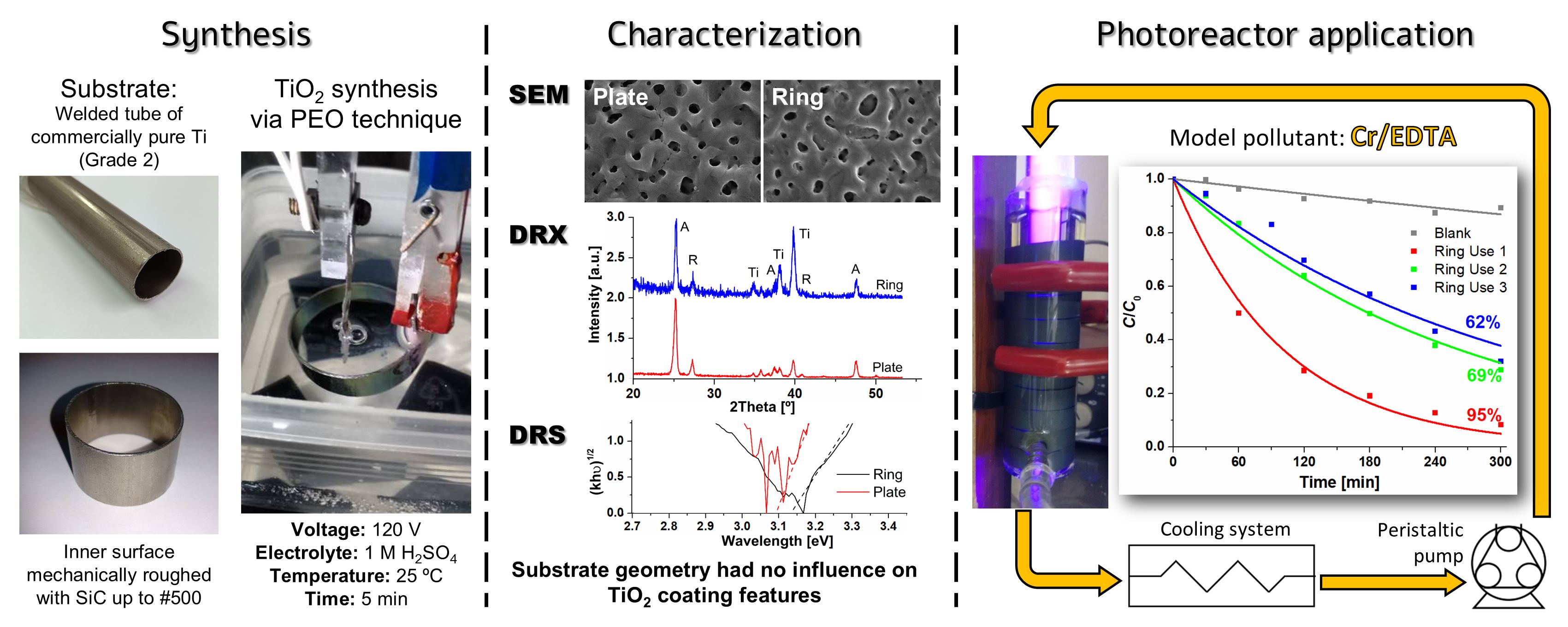
Review
02 April 2025Wide-Bandgap Semiconductors: A Critical Analysis of GaN, SiC, AlGaN, Diamond, and Ga2O3 Synthesis Methods, Challenges, and Prospective Technological Innovations
The increasing demand for high-performance Wide-Bandgap (WBG) semiconductors, including GaN, SiC, and emerging Ultrawide-Bandgap (UWBG) materials such as Ga2O3 and diamond, has driven significant advancements in epitaxial growth techniques. However, achieving scalability, defect-free growth, and sustainability remains a major challenge. This review systematically evaluates Molecular Beam Epitaxy (MBE), Metal-Organic Chemical Vapor Deposition (MOCVD), Hydride Vapor Phase Epitaxy (HVPE), and other novel growth and hybrid growth techniques, emphasizing energy efficiency, defect control, and environmental impact. Industry 4.0-driven AI-based process optimization and closed-loop recycling have emerged as transformative strategies, reducing waste and improving manufacturing efficiency. Key findings reveal that HVPE enables rapid defect-free GaN fabrication, Hot-Filament CVD enhances SiC growth with superior thermal properties, and Atomic Layer Epitaxy (ALE) achieves sub-nanometer precision crucial for next-generation quantum and RF applications. Despite these advancements, p-type doping in UWBG materials, substrate compatibility, and thermal management remain unresolved challenges. Future research must focus on scalable eco-friendly epitaxy, novel doping mechanisms, and policy-driven sustainability efforts. This review provides a comprehensive roadmap for sustainable WBG semiconductor manufacturing, bridging materials innovation, energy efficiency, and industrial adoption to support the next generation of power electronics and optoelectronics.
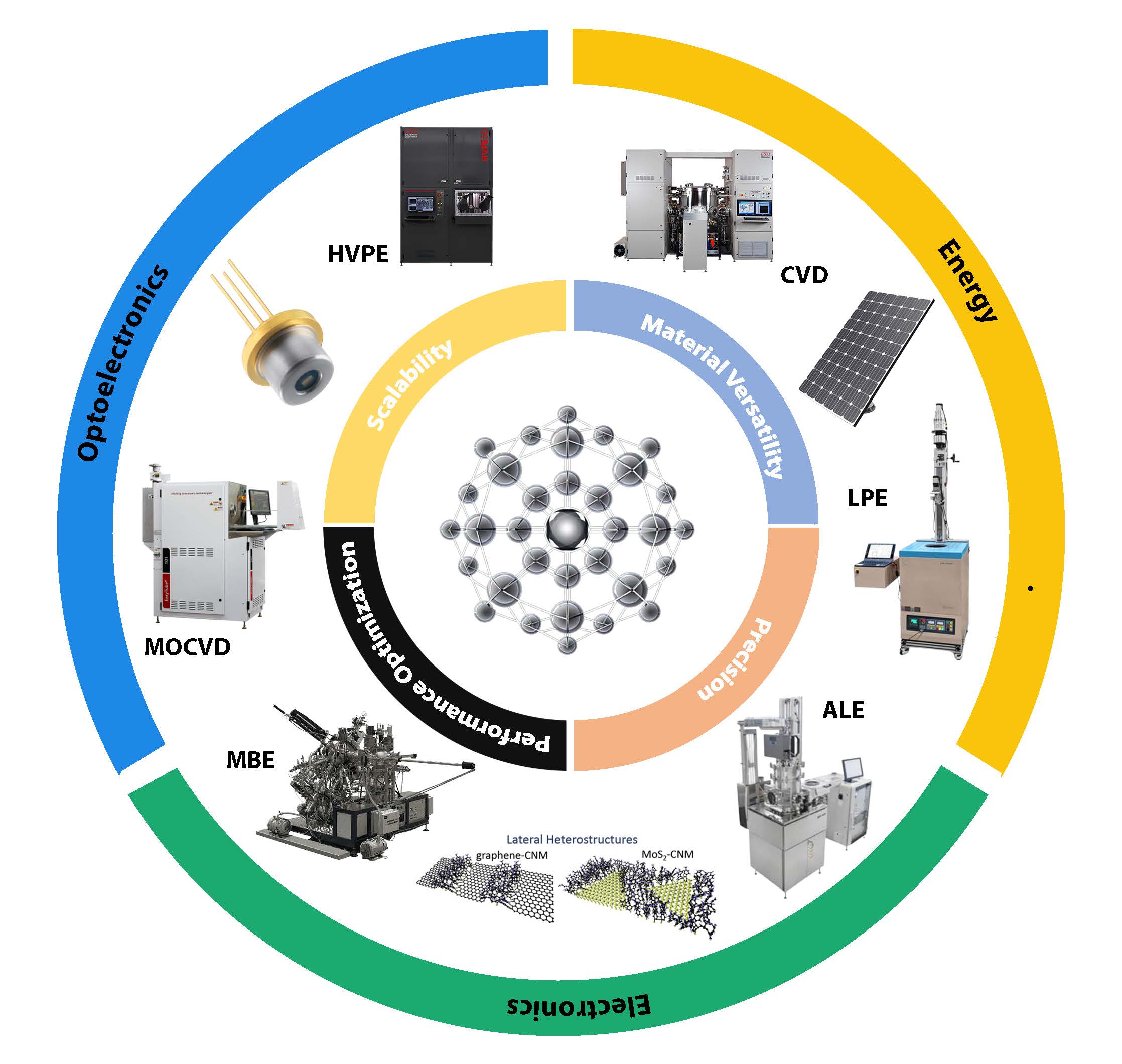
Article
01 April 2025B, Gd Co-Doped TiO2 Nanotube Arrays for Efficient Degradation of Gaseous Toluene under Visible Light Irradiation
Although photocatalytic degradation of VOCs has attracted widespread attention, the efficient visible-light-driven photocatalytic degradation performance remains a challenge. This work presents the visible-light-driven photocatalytic degradation of gaseous toluene over B, Gd co-doped TiO2 nanotube arrays prepared via a controllable electrochemistry method. It was found that B and Gd co-doping strategy not only enhances the visible light responsiveness of TiO2 nanotube arrays but also introduces moderate oxygen vacancies on the surface of TiO2, which is beneficial to the formation of free hydroxyl radicals and their attack on toluene molecules. The doping order also affects the photocatalytic performance. The optimized sample achieves an enhanced degradation efficiency for toluene under visible light irradiation and exhibits considerable stability. This work may provide an efficient TiO2-based photocatalyst for the removal of volatile organic compounds for air purification and give an understanding of the mechanism of photocatalytic degradation of toluene over co-doping TiO2.
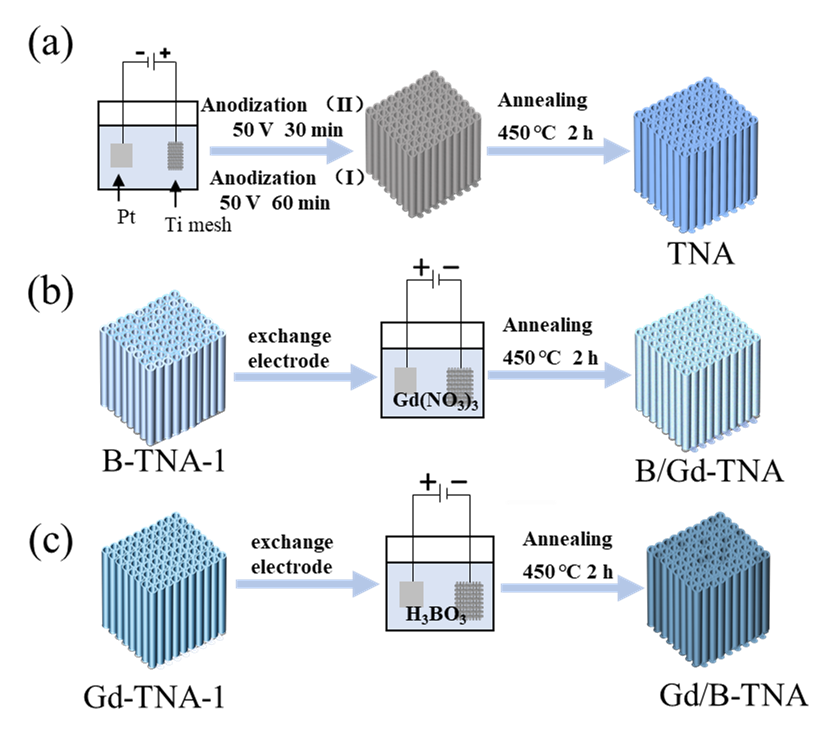
Review
01 April 2025Sustainable Manufacturing and Applications of Wide-Bandgap Semiconductors—A Review
Wide-bandgap (WBG) semiconductors such as silicon carbide (SiC) and gallium nitride (GaN) are revolutionizing high-power electronics due to their superior thermal conductivity, breakdown voltage, and energy efficiency. These materials are critical in electric vehicles, renewable energy systems, and high-frequency applications like 5G infrastructure. However, their production processes are resource-intensive and present significant environmental challenges. This review evaluates recent advancements in sustainable WBG semiconductor manufacturing, focusing on low-energy epitaxial growth, closed-loop recycling, and the mitigation of toxic by-products. Additionally, it highlights the role of Industry 4.0 innovations, such as AI-driven process optimization and IoT-based resource management, in enhancing sustainability. The review identifies research gaps in cost reduction, alternative WBG materials like Gallium Oxide (Ga2O3) and Diamond, and scalable green manufacturing solutions. It underscores the necessity for industry-wide collaboration and regulatory frameworks to drive the adoption of eco-friendly semiconductor fabrication. The findings of this study provide a roadmap for advancing sustainability in WBG semiconductor production, ensuring their long-term viability in the transition toward energy-efficient technologies.
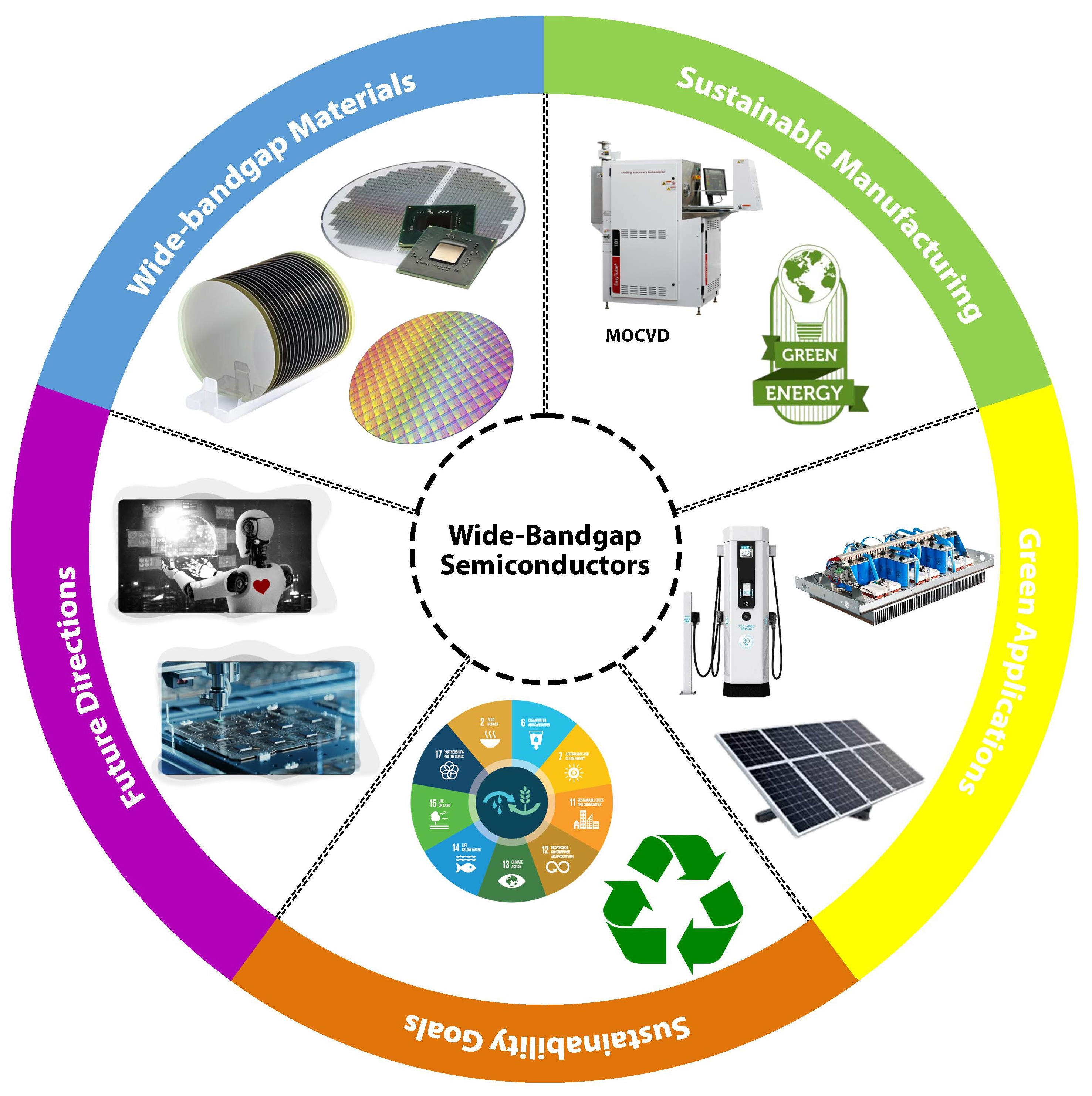
Review
31 March 2025Research Status and Development Trend of Floating Photovoltaic Structure System
Under the guidance of the dual carbon goals, the development and utilization scale of new energy in China, including photovoltaics and wind power, has steadily increased. Particularly, the floating photovoltaic technology in inland waters has been developing quickly over the past decade because it could compensate for certain shortcomings of traditional terrestrial photovoltaics. The offshore floating photovoltaic (FPV) pilot projects are also continuously emerging due to the advantages of longer daylight hours, higher radiation levels, and enhanced efficiency of light utilization in marine environments compared to terrestrial settings under identical solar irradiance conditions. To comprehensively understand the development prospects of offshore FPV systems, the development progress of FPV systems was traced, and an analysis was conducted on the forms of various types of floating structures, their technical characteristics, and their applicability in the marine environment. Summarization was carried out on the floating photovoltaic mooring system in terms of the classification of the mooring, the chain deployment mode, the form of the mooring foundation, etc., and a few new types of mooring systems were put forward. Finally, the development trend of the offshore FPV system was predicted.
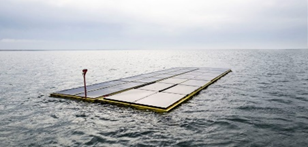
Review
31 March 2025Advances in CAR-T Cell Therapy for Solid Tumors
Chimeric Antigen Receptor T (CAR-T) cell therapy represents a groundbreaking advancement in cancer treatment, demonstrating remarkable antitumor efficacy in hematological malignancies. However, despite the substantial clinical progress achieved with CAR-T cell therapy, its application in the treatment of solid tumors remains limited by various factors, including the intricate tumor microenvironment (TME), CAR-T cell exhaustion, CAR-T cell infiltration into tumor tissue, and antigen heterogeneity. Scientists are relentlessly pursuing research in this domain, driven by the aim of offering newfound hope to cancer patients. In this comprehensive review, we delineate the fundamental principles underlying CAR-T cell therapy, delve into the challenges it encounters, and provide an insightful exploration of the advancements and progress made in the application of CAR-T cell therapy for solid tumors.
